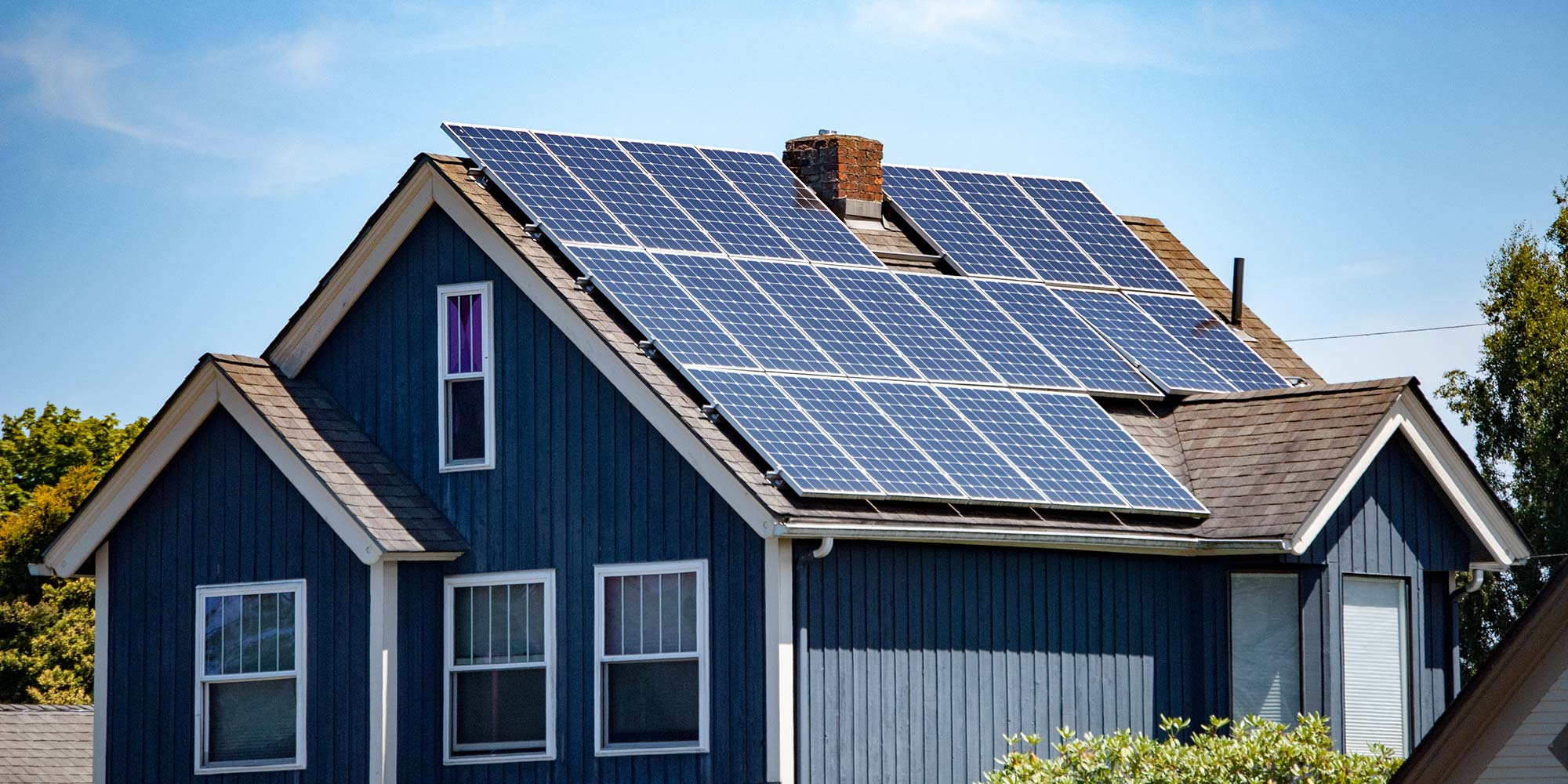Building and construction account for up to 39% of the globe's carbon emissions. Energy consumption when adding heat, light, and cooling to a building accounts for 28% of CO2 emissions. But did you know there are more sustainable ways to build your property?
If you are serious about climate change and lowering your carbon footprint, then you must use eco-friendly methods to build your home or office building. To assist you, we’ve provided green building techniques and ideas. With these tips, you can have peace of mind knowing that you’re contributing to the fight against climate change.
Use Recyclable or Sustainable Materials
Before you buy your building material, consider where you’re getting your resources from. Did refining these products cause plenty of pollution and the use of unnecessary energy? Then these products aren’t environmentally friendly.
Consider using recycled material to build your home, such as composite wood for decking. This type of wood is made from recycled wood and paper. You can also opt for carpets made from recycled plastic.
Furthermore, there are sustainable building materials that you can use, such as bamboo instead of hardwood. The reason why bamboo is sustainable is that it’s easy to grow with little to no maintenance. It also grows much quicker than trees which is where hardwood comes from. Timber is also considered a sustainable building material because it has a low embodied carbon footprint.
Don’t Build West-Facing Property
When building your property, consider which direction it will be facing. Experts suggest avoiding building a west-facing home or office block. Buildings that are facing west will have maximum sun exposure, which will prompt you to use more cooling methods. Using an AC system can increase carbon emissions.
To minimize sun exposure, build a north-facing home that will provide passive solar heating in winter. In summer, your property will be cooler, which prevents the use of AC systems or fans that consume electricity.
Build a Smaller Home
If you want to have less of an impact on your environment, then you should build a smaller home. Building smaller homes use fewer materials and energy. What’s more, a small house will also consume less energy from lighting and heating.
Installing solar panels is easier when you have a modest-sized house. It will also cost less to install solar energy, and you’ll spend less on energy each month.
Use Energy Efficient Machinery
If the machinery you’re using has an Energy Star label, then it’s certified energy efficient by the EPA (Environmental Protection Agency). These machines use clean energy, so they don’t pump harmful gasses into the environment. Battery-powered machines are considered energy efficient.
Additionally, there are also Energy Star appliances you can use in your homes, such as washing machines, monitors, and water heaters.
Install Eco-Friendly Security Cameras
Cameras consume the most energy in a security set-up. We recommended using WiFi cameras as opposed to wired units because they’re more green compared to their counterparts. Additionally, you can access wireless security cameras from a smartphone or laptop if you want to check on your property.
You could witness weird things caught on camera. People have been able to catch criminals before they could break into their homes or help someone that was in trouble. So it’s always a good idea to have surveillance cameras up but make sure they’re eco-friendly.
Insulate Your Home Correctly
One mistake people make when building a property is not insulating it correctly. Heating and cooling your home accounts for 50% of energy consumption. This can cost you hundreds of dollars a month and increase your CO2 emissions.
But with proper insulation, you can ensure that warm air stays in and cold air stays out. Make sure windows are insulated correctly and that your flooring has the correct underlayments. Use green insulation methods that have been made from sustainable or recyclable materials. Denim and newspaper are common materials used to make recyclable insulation.
Create a Smart Home
Another way you can lower your carbon footprint after you’ve built your property is by installing smart devices. Many businesses are using smart installations to save on energy each month. For example, smart sensor lights only switch on when a person enters a room. The lights switch off 1 minute after the person has left.
There are also smart faucets that only run when a person’s hands are under the tap. Consider installing automated appliances too, that have emergency switch-off buttons. Coffee machines, toasters, and stoves will switch off after a certain amount of time if they’re not being used. Automatic temperature controls help lower the consumption of energy by switching thermostats on and off at specific times.
Final Thoughts
Building an eco-friendly house isn’t as difficult as many people think. Since more companies have become environmentally conscious, you have access to more sustainable building materials and machinery.
As you can see, there are also many ways you can build an environmentally friendly house. If you’re not sure where to start, use the information provided in this article to guide you. You can also find contractors that will use sustainable methods and eco-friendly machinery.

